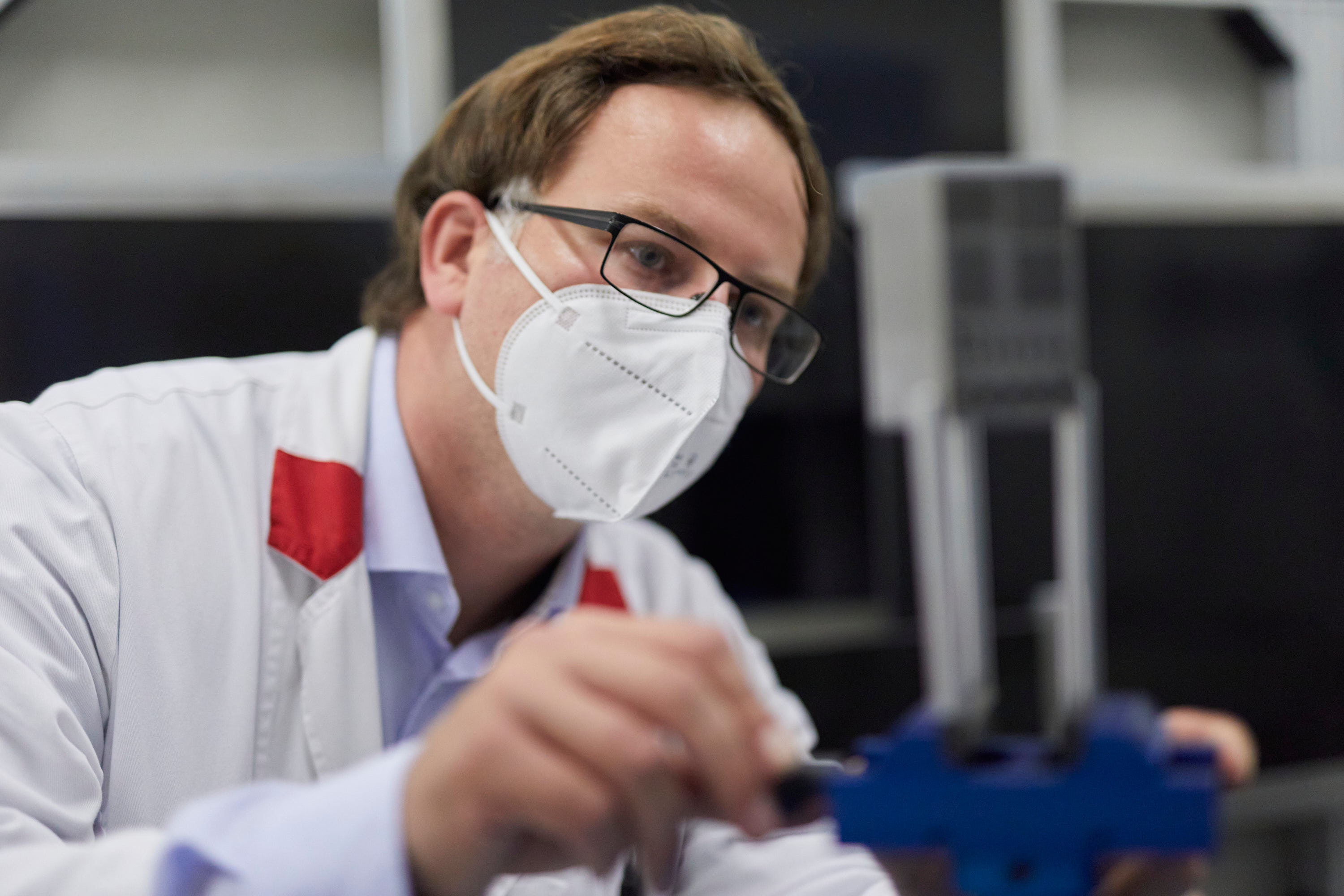Revolution in imaging with neutrons
22. 11. 2021 | Technical University of Munich | www.frm2.tum.de
An international research team at the Research Neutron Source Heinz Maier-Leibnitz (FRM II) of the Technical University of Munich (TUM) have developed a new imaging technology. In the future this technology could not only improve the resolution of neutron measurements by many times but could also reduce radiation exposure during x-ray imaging.
Modern cameras still rely on the same principle they used 200 years ago: Instead of a piece of film, today an image sensor is exposed for a certain period of time in order to record an image. However, the process also records the noise of the sensor. This constitutes a considerable source of interference especially with longer exposure times. Together with colleagues from Switzerland, France, the Netherlands and the USA, Dr. Adrian Losko and his TUM colleagues at the Heinz Maier-Leibnitz Zentrum (MLZ) have now developed a new imaging method which measures individual photons on a time-resolved and spatially-resolved basis. This makes it possible to separate photons from noise, greatly reducing the interference.

“Our new detector lets us capture every individual photon and thus overcome many of the physical limitations of traditional cameras,” says Dr. Adrian Losko, instrument scientist at the NECTAR neutron radiography facility of the Heinz Maier-Leibnitz Zentrum at the Technical University of Munich. The new detector can also be applied in medical fields. When making an x-ray image of a broken bone for example, fine structures such as hairline fractures would be more easily detectable; at the same time, the patient’s exposure to radiation would be minimized.
Read at Technical University of Munich
Image Credit: Bernhard Ludewig / FRM II, TUM
-jk-




